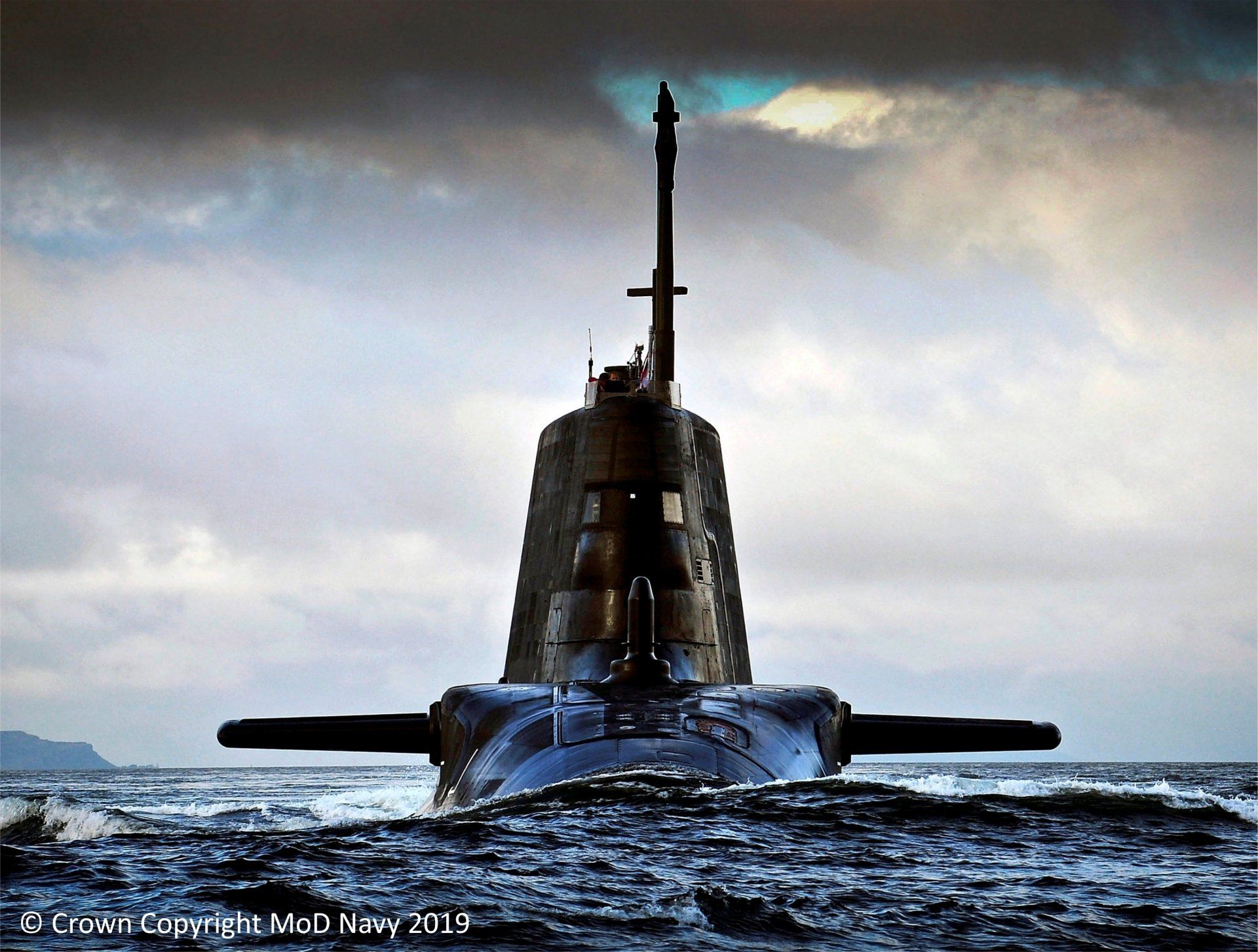
History of the Chatham Naval Officers’ Association - Short version
Historically the CNOA was formed following the disbanding of the Royal Naval Voluntary Supplementary Reserve but the members carried on meeting as an Officer’ Association.
On closure of the Chatham Naval Base, agreement was reached for the Association to meet in the Royal School of Military Engineering which continues to this day.
When the London Flotilla disbanded, the CNOA extended an invitation to all previous members of the London Flotilla to join the CNOA and continue the fellowship that had linked both organisations.
History of the Chatham Naval Officers’ Association - More detailed version
The CNOA was originally the Chatham Unit of the London Flotilla of the Royal Naval Volunteer Supplementary Reserve – the RNVSR. This Reserve had a curious history going back to 1937, when the then First Sea Lord was short of ideas for a speech and appealed to various departments of the Admiralty for help.
The Admiral Commanding Reserves came up with a suggestion that had been lying on his desk for a long time — that of inviting yachtsmen and other experienced seamen to form an RNVR Supplementary Reserve. These gentlemen included reservists from many lists, retired RN officers, Sea Cadet officers and a few other Naval gentlemen best described as "The Old and Bold". Their occupations ranged from agriculturist to undertaker, from General Practitioner to Thames pilot, from banker to motor engineer and some were of independent means. This idea was not new; it had first appeared in the RNVR magazine as early as 1905.
It was in 1937 that the First Sea Lord made his speech using the Admiral's suggestion. The response was staggering and very quickly the list of those gentlemen willing to serve in a future emergency had to be closed. They were to have no uniform, no training, no pay or allowances – only the promise of a Commission if called to serve in hostilities. From the start the nature of these volunteers, some who for various reasons were unable to fulfil the full RNVR commitment, manifested itself in the immediate steps they took to organise their own training. This brought offers for short sea passages on board HM and Merchant ships. Naval officers and others organised lectures for them on seamanship, navigation, signalling, etc.
Here at Chatham, it is believed, the London Flotilla RNVSR acquired a brass funneled steam pinnace with which they brought terror to the hearts of every paint-proud First Lieutenant in the Nore Command.
The formation of this Reserve came at a most opportune time as prior to the war the Humber and Solent RNVR Divisions were formed from the RNVSR. When war came in 1939 the RNVR and its Supplementary Reserve provided Britain with a nucleus of Naval officers of which any country would have been proud.
The Reserves served with distinction in the Second World War. Approximately three-quarters of Britain’s Naval officers in this war were RNVR officers, they commanded 20 of our destroyers, more than 50 frigates as well as larger vessels. They served in all branches including Coastal Forces and Combined Operations, with the overwhelming majority in the Fleet Air Arm. Six hundred took RN Commissions after the war, 100 of them permanent.
With the war over, the peacetime RNVR Divisions found themselves inundated with applications from war service officers which far exceeded their complement. This vast overflow of talent was directed to considering joining a newly reconstituted RNVSR – again on a no-uniform, no-training, no-pay, no-promotion basis. Subsequently 8,000 supplementary reservists were organised into units and flotillas.
The largest nucleus of this force was the London Flotilla, covering much of the Home Counties. Many found the London training lectures beyond their ability to attend, consequently the question arose “Why not start a Chatham Unit”. On December 3rd 1948, 9 ex-RNVR officers met in a local hotel and agreed to form their own local unit – the first sub-unit of the London Flotilla. Between them they mustered a fleet of one 35-ft harbour launch, a 40-ft yawl, a 16-ft sailing lifeboat and a 10-ft sailing dinghy. Individually they had training commitments and war appointments, but collectively they held no official status as far as the Navy was concerned. However by February 1949 pledges of support were received from the Commander-in-Chief the Nore and the Commodore of the Barracks.
The pattern over the succeeding years was one of monthly lectures in HMS Pembroke, ship visits during the summer, sea training in HM ships including those of the Nore Flotilla and in merchant ships, attendance by invitation at all occasions of State and Ceremony including being aboard Chatham ships at the Coronation Spithead Review.
In 1965 it was decided that, as a reserve unit, the organisation should cease to exist. Overnight the unit simply donned a new hat inscribed Chatham RNVSR Officers Association and carried on precisely as before, nobly encouraged by Admiral Hogg, Flag Officer Medway at that time. When HMS Pembroke closed in 1983, the Royal Engineers at Brompton Barracks, Chatham offered the use of their facilities for monthly meetings and social gatherings. That arrangement still stands today. During the final year of the Naval Base and HMS Pembroke and the consequential move to Brompton Barracks it was decided to change the name to the “Chatham Naval Officers Association” and formally widen the membership to Naval officers other than RNVSR officers.
To bring the CNOA’s history more or less up to date to 2019, we continue to support the Royal Navy and associated elements of the UK maritime environment. Our members now include serving regular RN and RNR officers, officers who train sea cadets, retired RN and RNR officers, serving and retired Senior British Merchant Navy Officers and serving and retired commissioned officers of the British Army, the Royal Air Force and their Reserves.
